What to Look Out For - May
Its full spring steam ahead for our YCN team! This is an exciting month when we are desperate to get out and experience all the ‘blooming diversity’ out there!
By early May most of our migrant birds should be back on territory. The North Yorkshire Forests are one of the last strongholds for Turtle Doves. These beautiful birds, which have undergone a dramatic population decline, have been in the news recently as one of the many species falling victim to the terrible hunting of migrant birds in Malta. One of the best places to see them in Yorkshire during 2014 was around the National Park centre at Sutton Bank - watch for up-to-date news from us on Twitter when they return!
One bird which has done well in recent years, especially on the coast, is the Stonechat. Following a mild winter in the region it has survived and started breeding early and by the end of May should be feeding fledged juveniles. Look out for these beautiful upstanding chats as they look after their families from heather moorland to bramble-rich coastal cliffs.
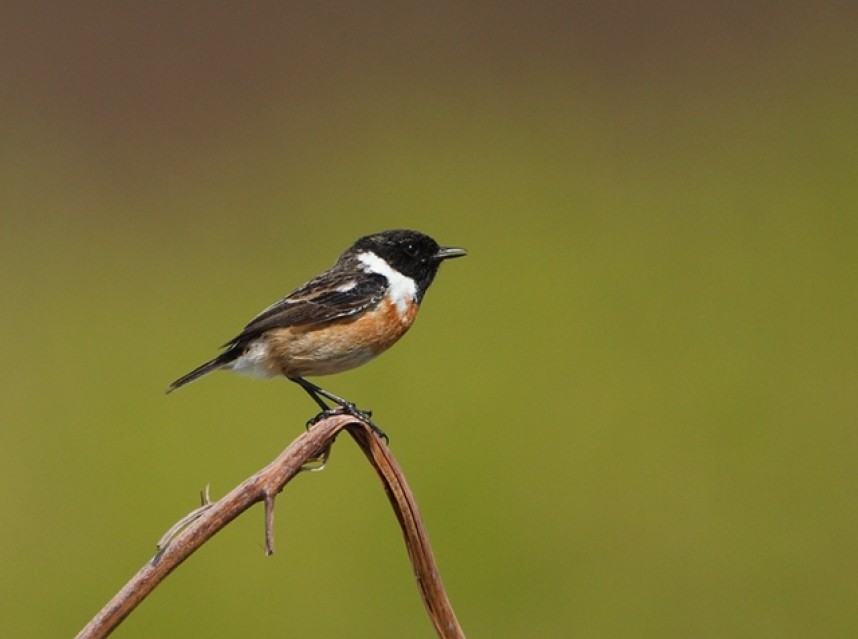
Stonechat © Steve Race
On the coast, May is the month to look out for rare birds. Spurn, Flamborough and Filey all have fantastic bird observatories studying migration. In North Yorkshire Scarborough and Long Nab are also great places to look out for continental treats such as Icterine Warbler, Red-backed Shrike or Wryneck. Check out the websites below for the latest sightings.
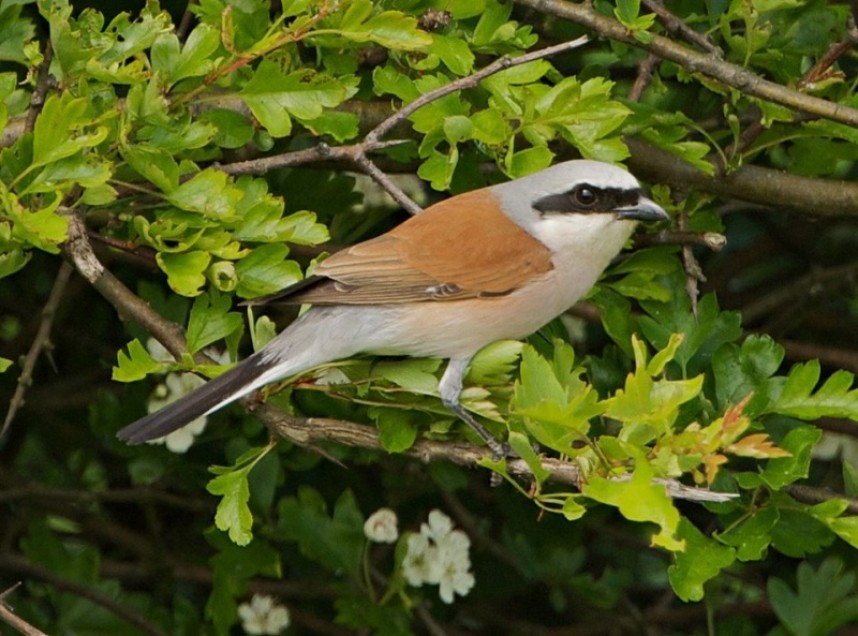
Red-backed Shrike © Steve Race
May can still be a great time for watching bats on mild evenings as maternity colonies start to form. We will even be going in search of Britain's rarest, the Alcathoe bat, which is found at only a small number of sites in Britain, one of which is right on our doorstep!
Adders, Slow Worms, Common Lizards and Grass Snakes are also active and still relatively easy to observe in May. Newts may still be seen in ponds as their prolonged breeding season reaches its peak.
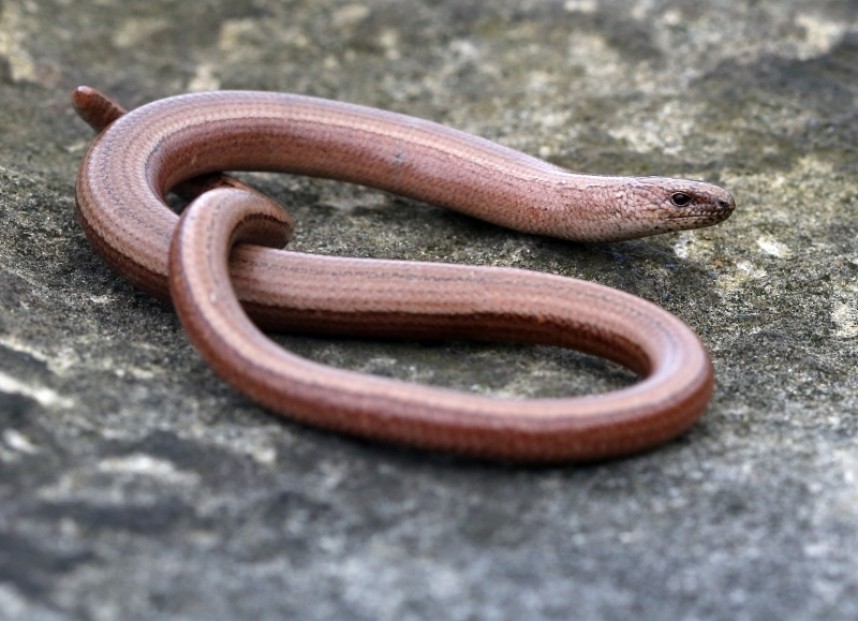
Slow Worm © Dan Lombard
May is a fantastic time of year for butterflies with some rare local specialities coming onto the wing. Duke of Burgundy Fritillary, Pearl-bordered Fritillary and later in the month Small Pearl-bordered Fritillary are joined by commoner species such as Dingy Skipper, Green Hairstreak, Small Copper, Common Blue, Small Heath and Brown Argus. It’s a great time to watch these beautiful insects.
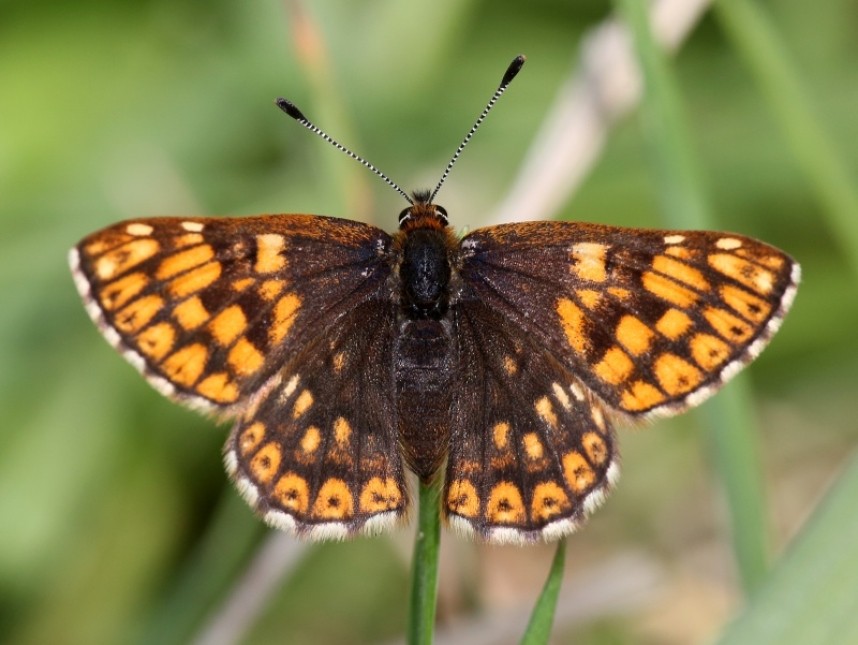
Duke of Burgundy Fritillary © Dan Lombard
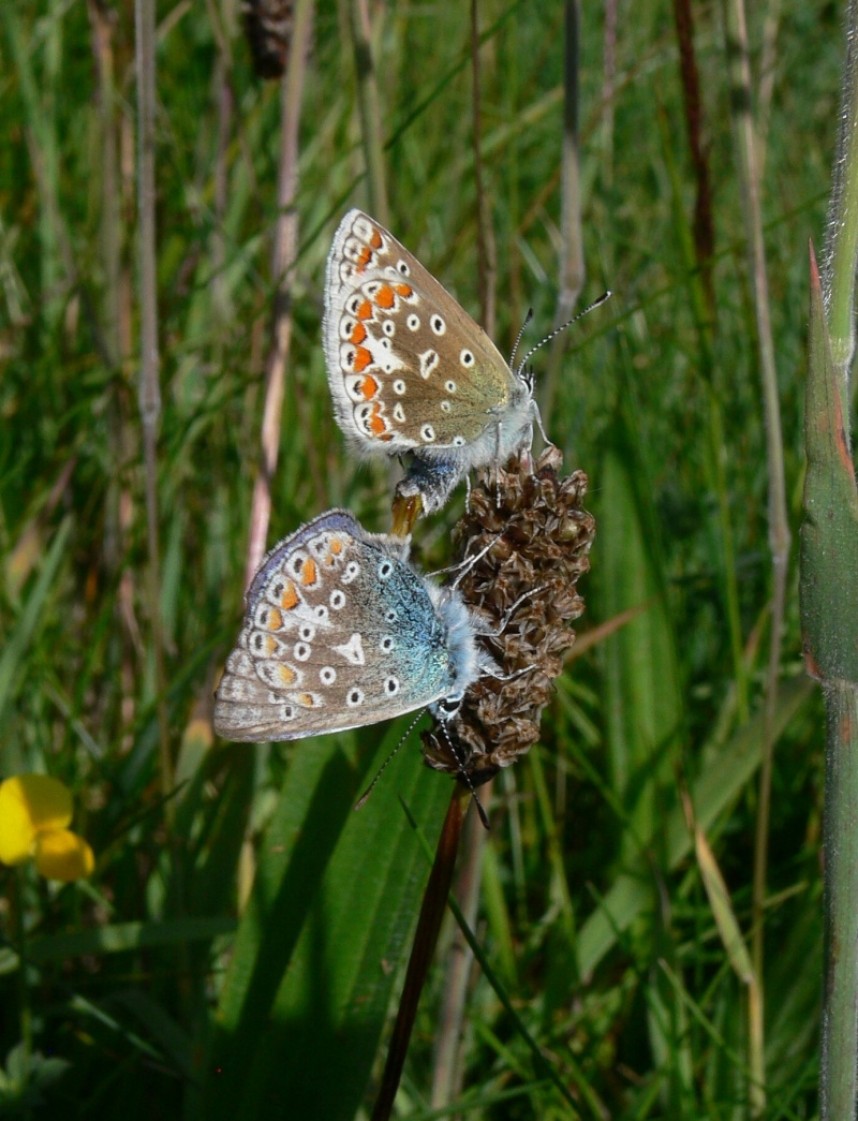
Common Blue butterfly © Richard Baines
Many more moths emerge this month too, with Emperor Moth a particular moorland highlight, and the first Large Red Damselflies appear along with a whole host of other invertebrates.
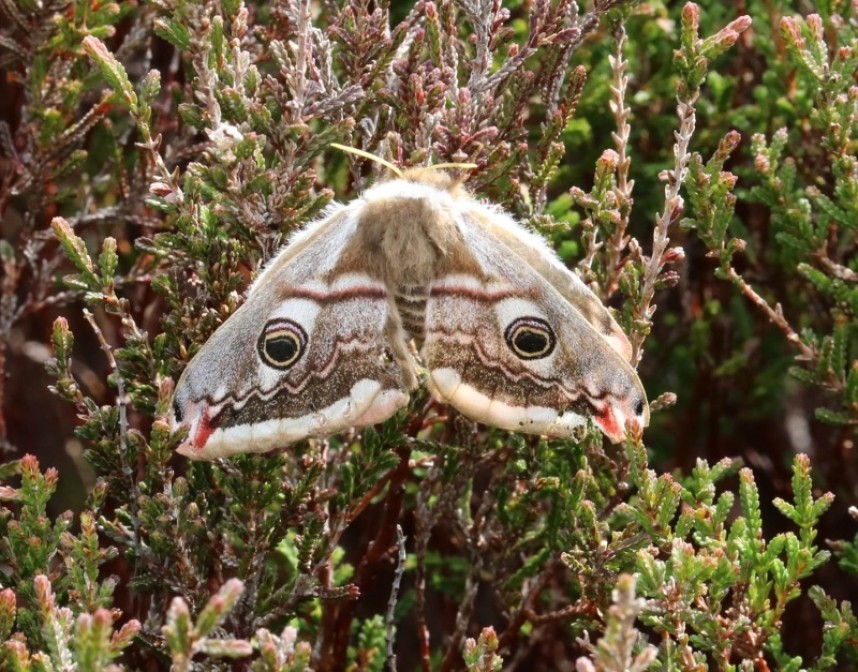
Emperor Moth © Richard Baines
May has lent its name to Hawthorn blossom which can be spectacular at this time of year. In dry and bare places Fairy Flax is in flower, while Bluebells flourish in the Yorkshire Wolds woods and North Yorkshire Forests, their perfume overwhelmed in places by the garlicky scent of Ramsons. Try searching wild flower grasslands for Early Purple, Bee, Fly and Common Spotted Orchids and Common Twayblade, as well as little gems like Salad Burnet.
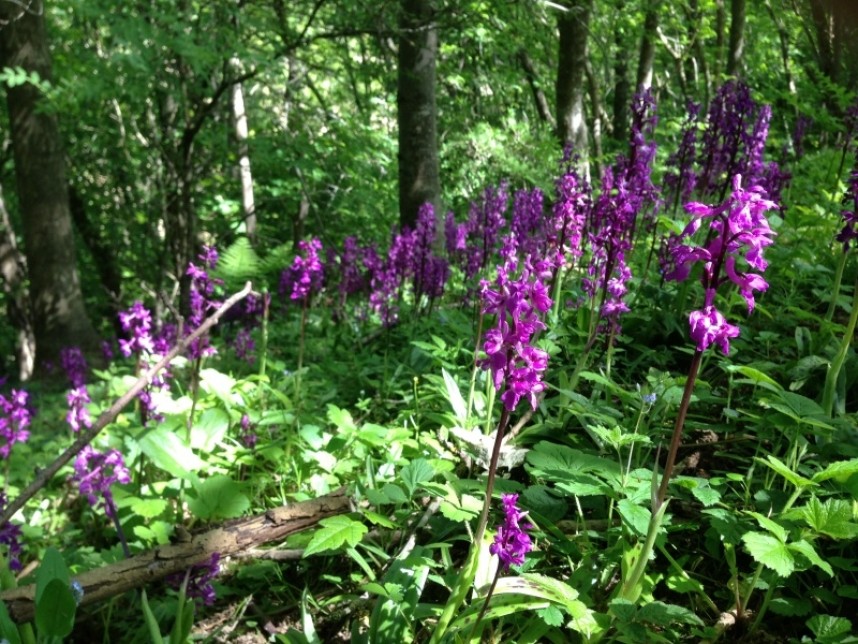
Early Purple Orchids © Richard Baines
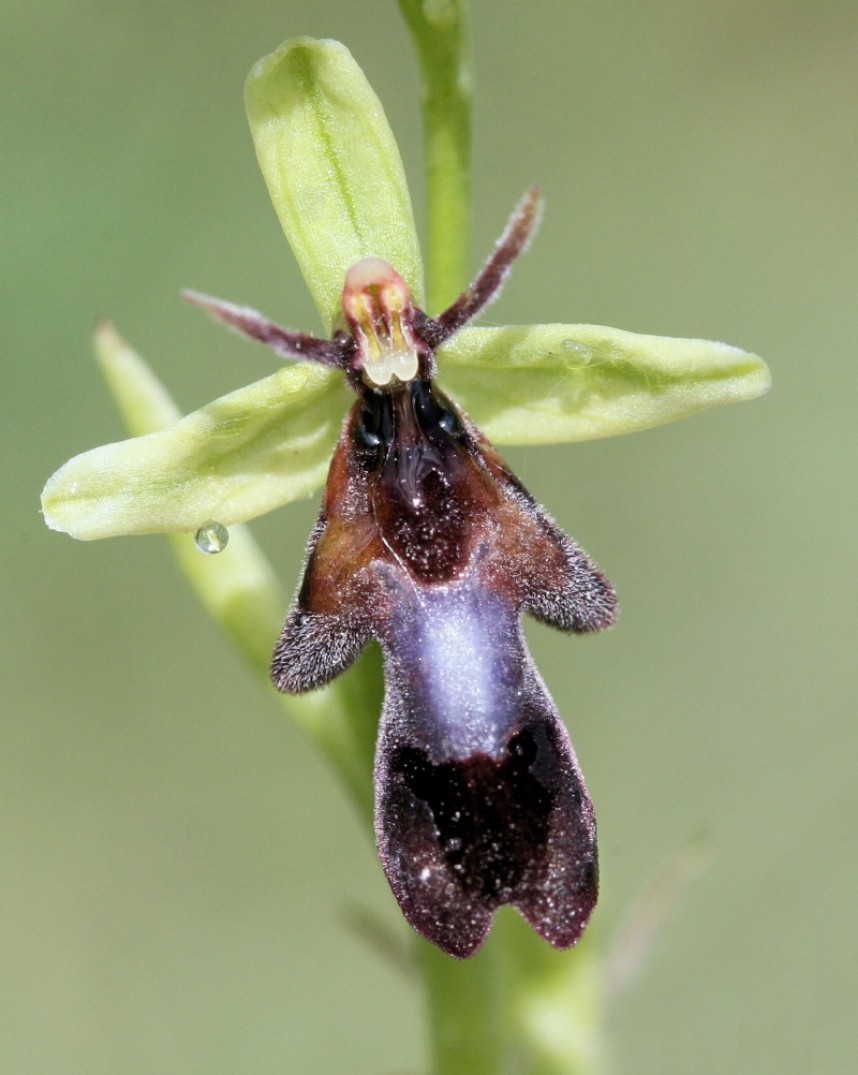
Fly Orchid © Dan Lombard
North York Moors National Park



 Back to Blog
Back to Blog
